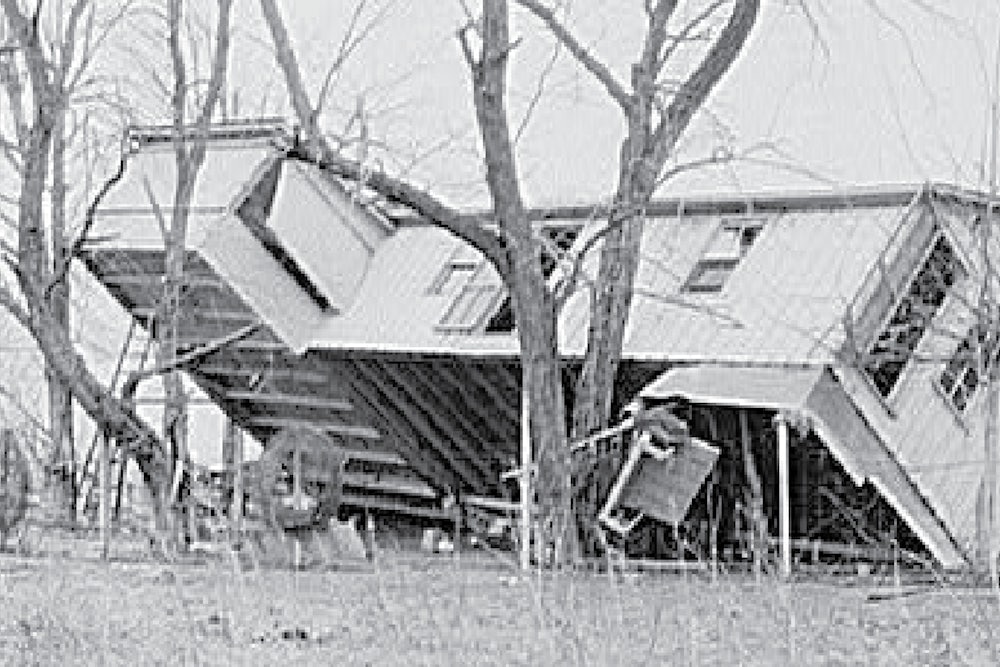For a world most of whose news was already gloomy enough, the flood on the Ohio River has added another item on the dark side. About a hundred person are known to be dead, 600,000 are temporarily homeless, and the property loss will certainly amount to several hundred million dollars. As we write the entire population of Louisville and Paducah, aggregating 360,000 persons, may have to leave, and the same measures will be taken in several other cities. Food, clothing, and shelter are inadequate; there is great danger of typhoid and other filth diseases, and the influenza epidemic will probably cost that many lives that could have been saved under normal conditions.
In several respects, this flood is worse than that of last April. The earlier calamity cost 175 lives and rendered 425,000 persons homeless, but it was spread over a much larger area, including Pennsylvania, New York and New England. At Cincinnati, this week’s flood on Tuesday was eight feet higher than the previous record, set in 1884.
As always, the question remains to what extent the damage could have been avoided, and is therefore the result of unwise human policy. Professor Paul D. Sears commented last spring that throughout the entire area then subjected to flood, bad farming methods had largely destroyed the precious top layer of soil which, bound together by grass roots, holds back the water after excessive rain of snow. H. H. Bennett, director of the United States Soil Conservation Service, estimated that the last fourth or fifth of the flood’s violence results from faulty agriculture; it is this last part, of course, that does most of the damage.
City-planning experts, assembled in New York while the present flood was at its worst, commented that “spot zoning” was responsible for much of the damage in the river towns. Cities are not planned or zoned as a whole; if they were, low lands in danger of inundation would be kept restricted against residential or business use. (In most towns, only the poorest people live in the flood danger zone, and the catastrophe to them when the waters rise is correspondingly greater.)
We can prevent flood damage if we are willing to pay the price; it means billions spent on soil conservation, billions more on flood control and the inauguration of city, state and regional planning on a scale never contemplated thus far.
